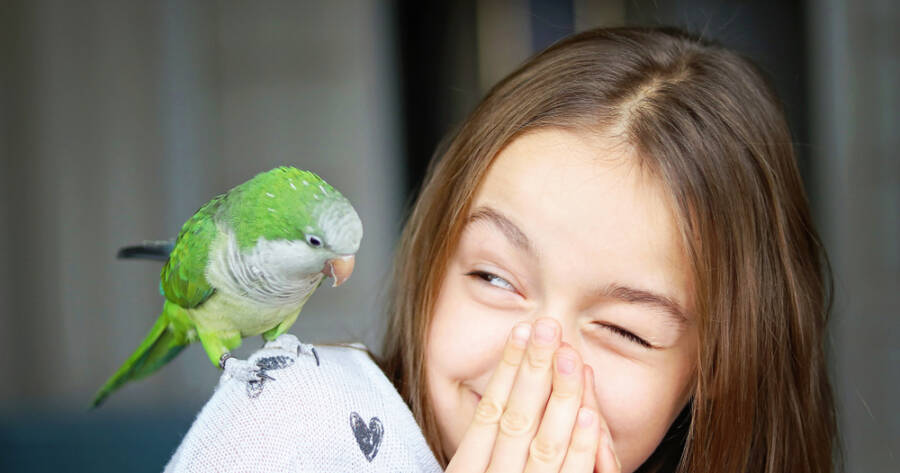Choosing a pet for your child is an important milestone that requires thoughtful consideration. Small animals are often ideal first pets, providing companionship, teaching responsibility, and introducing children to the joys of animal care without the demands of larger pets. From hamsters to guinea pigs, each option comes with unique needs and personalities. Selecting the right small animal ensures the experience is safe, positive, and rewarding for both your child and their new furry friend.
Common Pets for Small Children and Older Children
For small children, pets that require minimal handling and are easy to care for are often the best choice. Fish, such as bettas or goldfish, are a popular option because they are visually appealing, low-maintenance, and don’t require direct interaction. Hamsters and guinea pigs are also great options for younger kids, as they are small, gentle, and easy to manage with proper supervision.
On the other hand, older children may be ready for more interactive pets, such as rabbits, which require more care but can form strong bonds with their owners. Parakeets, which are social and can be trained to do simple tricks, are another popular choice for older kids, offering both companionship and an opportunity for learning. Choosing a pet based on the child’s age and level of responsibility ensures a positive experience for both the child and the animal.
Consider the Pet’s Care Requirements
Every small animal has its own care needs. Some pets are more independent and easier to look after, while others need daily attention. For example, a hamster is a relatively low-maintenance pet, needing only food and water, along with a clean cage.
On the other hand, a guinea pig requires daily fresh vegetables and regular cage cleaning. Make sure to choose a pet that fits the time and effort you and your child can dedicate to its care. Understanding the animal’s daily needs will help avoid frustration and make the experience enjoyable for everyone involved.
Think About Space and Setup
Before choosing a pet, think about the space available in your home. Some small animals need more room to move around. A rabbit, for instance, requires a larger cage and may also need a playpen or safe space to hop around outside its cage.
Meanwhile, a hamster or gerbil needs less space but still needs an appropriate enclosure to feel comfortable. Ensure that the animal’s habitat can fit well in your home and that your child has enough room to interact with the pet safely.
Research the Animal’s Personality and Needs
Different small animals have different personalities and social needs. Hamsters and gerbils tend to be more solitary and may prefer being left alone, while guinea pigs are more social and enjoy being handled by people. If your child is looking for a pet that enjoys interaction, guinea pigs or rabbits may be a better fit.
Be sure to research the animal’s temperament and whether it’s known to be friendly and good with children. Understanding the pet’s personality can help ensure it will be a good match for your family.
Questions to Ask Before You Commit to a Pet For Your Child
Before committing to a pet, it’s important to ask yourself and your child several key questions to ensure that the animal is a good fit for your family. First, consider the lifespan of the pet. Some animals, like turtles or parrots, can live for decades, which may be more responsibility than your child can manage, especially as they grow older. Make sure you’re ready to handle the care of the pet when your child moves out.
Also, think about what will happen if your child loses interest in the pet. Can you step in to ensure the animal continues to receive the attention it needs, or will you need to find a new home for it? For example, if your child is due to leave home in a few years, will you be willing to walk a highly energetic dog several times per day?
These questions will help guide your decision-making and ensure a lasting, fulfilling pet ownership experience. Talk with a veterinarian to learn more about each pet’s health care needs and whether you are financially prepared for potential vet visits and other pet-related costs.
Make the Right Choice for a Happy, Healthy Pet
Choosing the right small animal for your child’s first pet can lead to a rewarding experience for both the child and the animal. By considering factors like age, responsibility level, care requirements, and space, you can find a pet that fits well with your family’s lifestyle.
Remember, every pet deserves love and attention, so choose one that your child can care for responsibly. With the right pet, your child can learn important lessons about responsibility and compassion while enjoying a loving animal companion.

